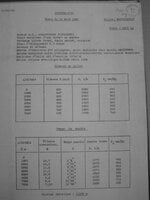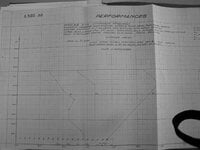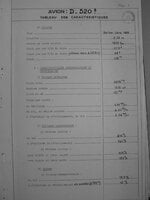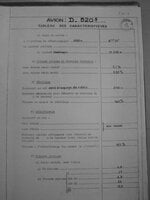Greg Boeser
1st Lieutenant
True. Enough Zeroes to equip a Staffel. With maybe enough replacements to keep the Staffel equipped through November.Hi
If we are dealing between March and October 1940, the Zero's would not be even noticed unless the development and production timeline is moved forward magically. 15 pre-production A6M2s were sent to China in July 1940 and saw their first successful action on 13th September 1940, reinforced later by some production aircraft. They would have had a 'zero' impact in 1940 during the BoB period. 837 were produced between March 1939 to March 1942 period but mainly 1941 and 1942 not 1940 so for combat use not a 1940 aircraft really. Japanese pilots and aircraft may also had a problem adjusting to a sophisticated air defence system with rather more opposing aircraft than they met in the Far East in the real world of 1942.
Mike
But let's put the shoe on the other foot. Hurricanes in China 1940.




